Becoming Richard Burton: Setting up an exhibition during a national lockdown
, 21 December 2020
When a UK-wide lockdown came was announced on 23 March of this year, we were in the final stages of delivering Becoming Richard Burton, the first major exhibition anywhere, about one of Wales’ most iconic names and faces.
The exhibition was due to open on 4 April after nearly four years of planning, but with ten working days left until opening, the Museum was closed to the public, the staff sent home and the exhibition mothballed until it was safe to reopen.
With its origins in a partnership between ACNMW and Swansea University, where the Richard Burton Archives are held, the original scope of the exhibition sought to bring together as much material from around the world as could be gathered, to tell the story of Burton’s fame, wealth, success, decline and legacy.
It quickly became apparent that the objects, images, and media associated with Richard Burton, are still a lucrative source of income for those people and organisations in possession of the collections, copyright, and licenses for that material.
Very quickly, costs escalated beyond what was feasible or achievable to deliver, which required a revision of the agreed approach and for us to ask ourselves, what story can we tell about Richard Burton at ACNMW that hasn’t been told before?
Following some evaluation testing with target audiences, it also became apparent that Burton was almost an unknown to younger people born after his death at 59, in 1984.
Despite having been the most famous and photographed man in the world at the height of his fame, his death at a young age meant denied him the opportunity of a third act to his career, as an older actor.
There were no Star Wars, Lord of the Rings, Harry Potter or Marvel superhero films to provide the later life profile afforded to Burton’s contemporaries, such as Richard Harris, Robert Hardy, Alec Guinness, and Christopher Lee.
Presented with this revelation, we set ourselves the challenge of ‘rebooting’ Burton’s legacy for a 21st-century audience, whilst also serving an older audience already familiar with him, by providing new insights into the life of the man behind the well-known myths.
Focusing the story in this way became the key that unlocked the puzzle for ACNMW Curators, as they researched the contents of the Richard Burton Archives and found the less well-known father, son, brother, friend, writer, reader, and fiercely proud Welshman.
The contents of the archive are largely two-dimensional paper objects, which brought another set of challenges in designing an engaging, three-dimensional exhibition experience, leading to a decision early on in the process, to secure a selection of targeted supporting loans that would add texture and depth to the exhibition.
Likewise, as the costs associated with licensing film clips and photography presented such a practical obstacle, we took a strategic approach to identify those that would serve our story best.
Thanks to further partnerships in Wales with BBC Wales, ITV Wales, National Library Wales, Royal Welsh College of Music and Drama, West Glamorgan Archives, and the Dylan Thomas Centre, we were able to assemble a list of loans that would enhance the archive contents, at a fraction of anticipated costs, to support the personal narrative we were developing.
Additional loans were secured from the Royal Shakespeare Company, Bristol Theatre Museum, and Costume d’Arti in Rome, which following a few nervous weeks of frantic logistics, arrived on-site just as Europe began to lockdown in early March.
By the end of February, we were feeling confident we had everything in place to deliver the exhibition we had envisaged, despite the challenges encountered, but nobody expected what would happen before the end of March, when the Museum closed and we were all asked to stay at home.
When the dust had begun to settle and we’d all begun to adjust to working from home, our thoughts turned to how we might need to adapt the exhibition experience within the context of COVID-19, as it has been designed in a pre-social distancing world.
Following the lead set by other public spaces, our first step was to embrace a one-way system through the exhibition galleries.
Fortunately, the one-way system was largely consistent with the biographical narrative of the exhibition, which we co to reinforce at a few points with brass barriers and velvet rope, just like the type you might see at a cinema or theatre premiere.
We had to upgrade the specification of our graphic panels to be laminated with an anti-bacterial sealant, as this allows the panels to be cleaned with anti-viricidal chemicals without causing damage.
A planned cinema-space had to be revised and opened out, with seating removed, to allow visitors to watch archive interviews if Burton on Welsh television whilst maintaining social distancing.
Interactivity was the most significant casualty of the planned experience, as we had to remove any push buttons, touchscreen displays, or headphones, and ACNMW Digital and Technical teams were tasked with re-designing audio playback in the gallery, as synchronised, passive experiences.
On reflection, revising the exhibition design allowed us to enhance the overall experience and the challenges we were presented with became an opportunity to improve upon the original design.
We decided to open a new exhibition during a pandemic for the same reason we continue to keep our Museums open; the importance of maintaining free access to the nation’s culture and heritage, in support of good mental health and well-being for all.
Exhibitions are complicated projects that draw teams of staff from across the organisation and take a great of time and planning to deliver.
To come so close to opening, just before the first national lockdown, we were all disappointed to think the exhibition would never open.
Thanks to the hard work and commitment of the Museum staff and partners, we have adapted the exhibition and are delighted it will now be open to the public.
Unfortunately, at the time of writing the Museum is closed to the public again, in line with Wales Government restrictions, but will hopefully re-open again soon, when it is safe to do so.
The cycle of opening/closing at short notice will inevitably reduce the number of people who will get to visit the exhibition compared to pre-COVID times, but we are certain it will be greatly enjoyed by those visitors that manage to see it.
Whilst Museum opening continues to remain uncertain, we have developed a digital Becoming Richard Burton exhibition, which will be launched on 15 December, to provide an online platform for the exhibition content.
The digital exhibition will not seek to replicate the experience of visiting the physical gallery, as there is no substitute for engaging with real objects.
Instead, we are adapting the exhibition content as an interactive experience online, where users can engage with the Richard Burton story, as a complement to the physical exhibition. You can visit the digital exhibition now.
The exhibition will also include several fun games and creative interactives that users will be able to share across social media platforms, such as Instagram, TikTok, and Facebook.
Not only will the digital exhibition provide support while the Museum is closed due to COVID, but it will also provide access to the Museum for users around the world, remaining online beyond the life of the physical exhibition as a research resource.
The journey over the last four years from inception to opening Becoming Richard Burton has become an epic worthy of the man who played both Alexander the Great and Mark Antony, a labour of love for all the staff and partners who have contributed, which we are all so proud to share with our visitors in Wales and online across the world

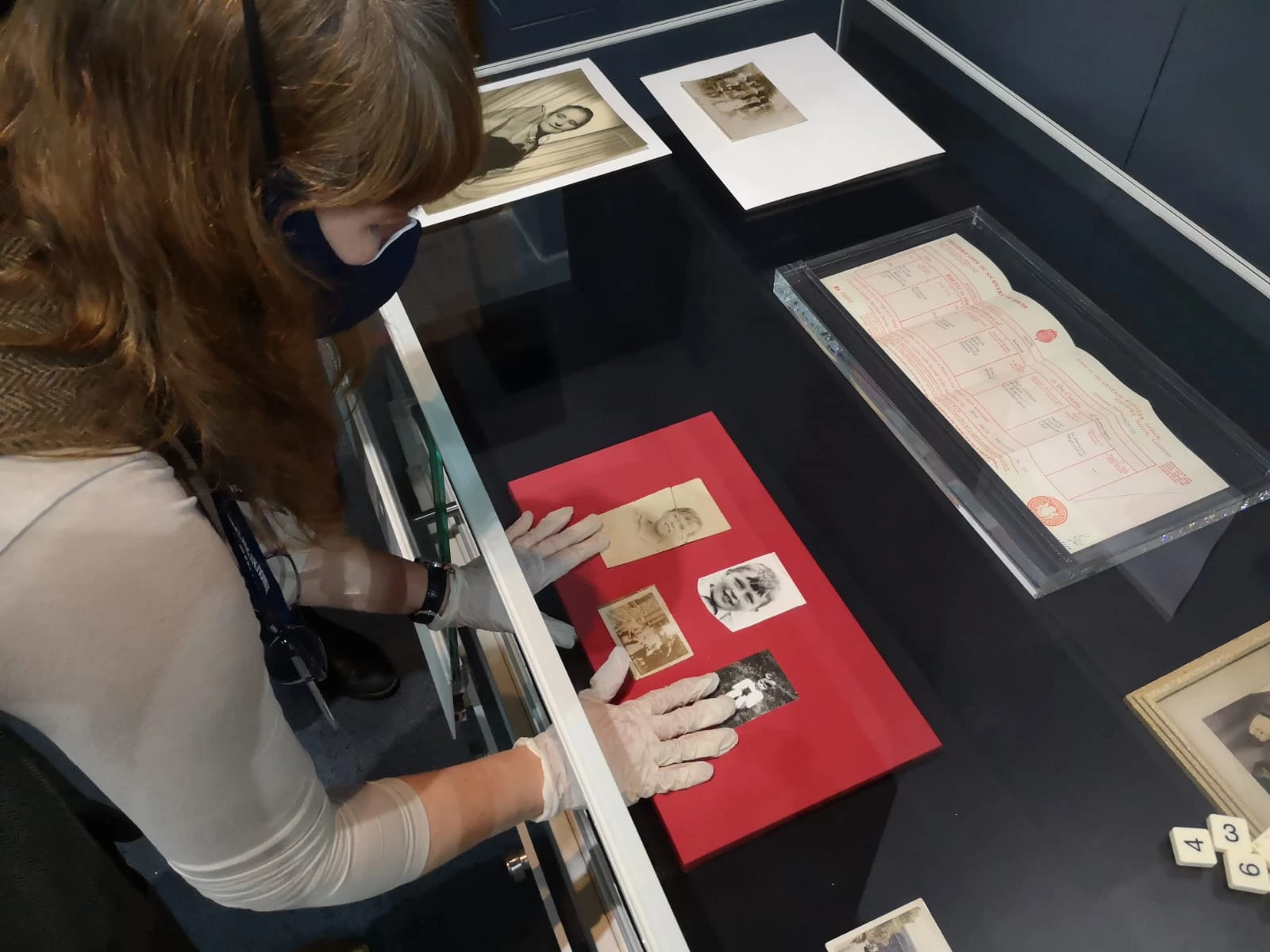
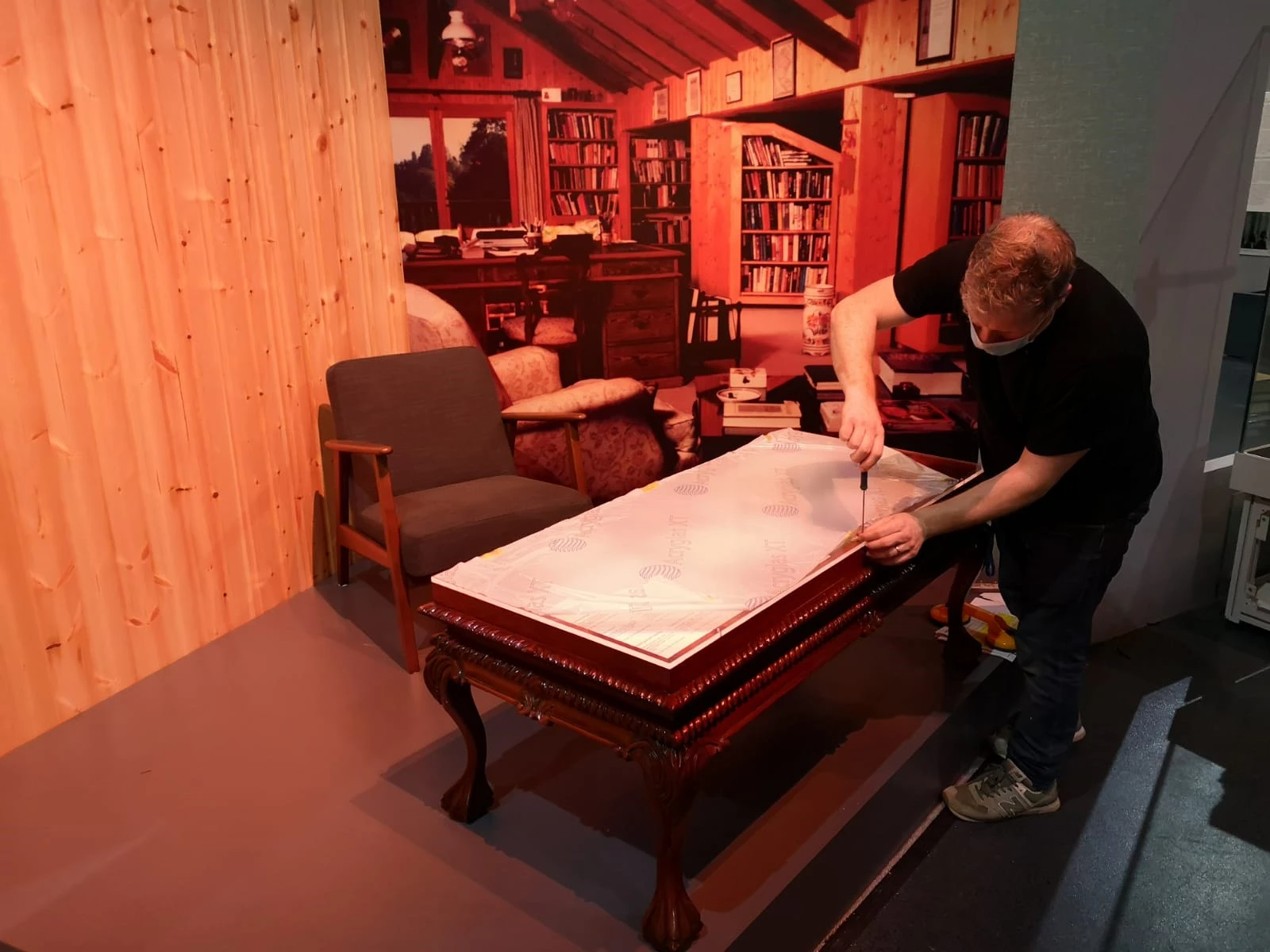

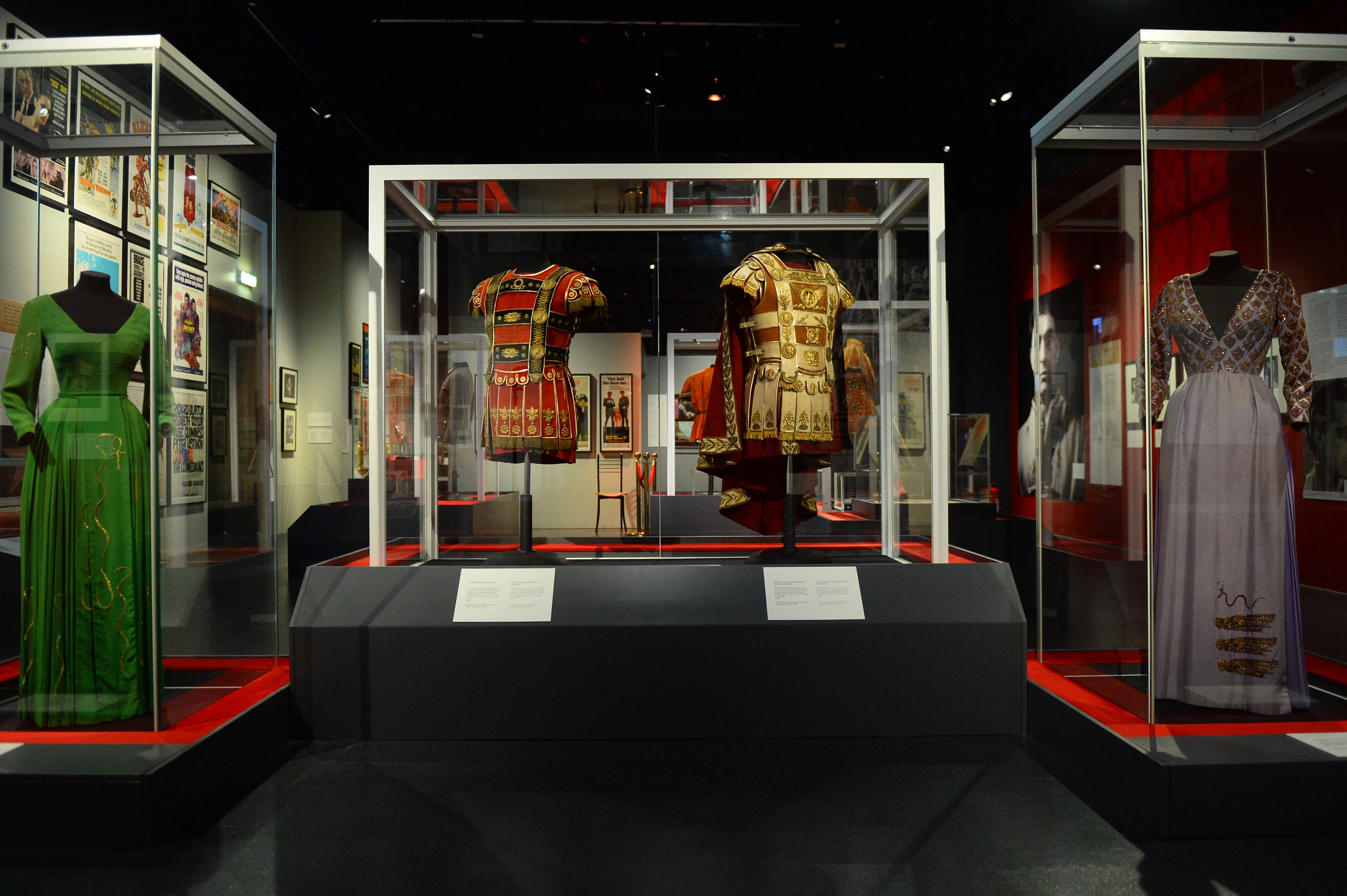
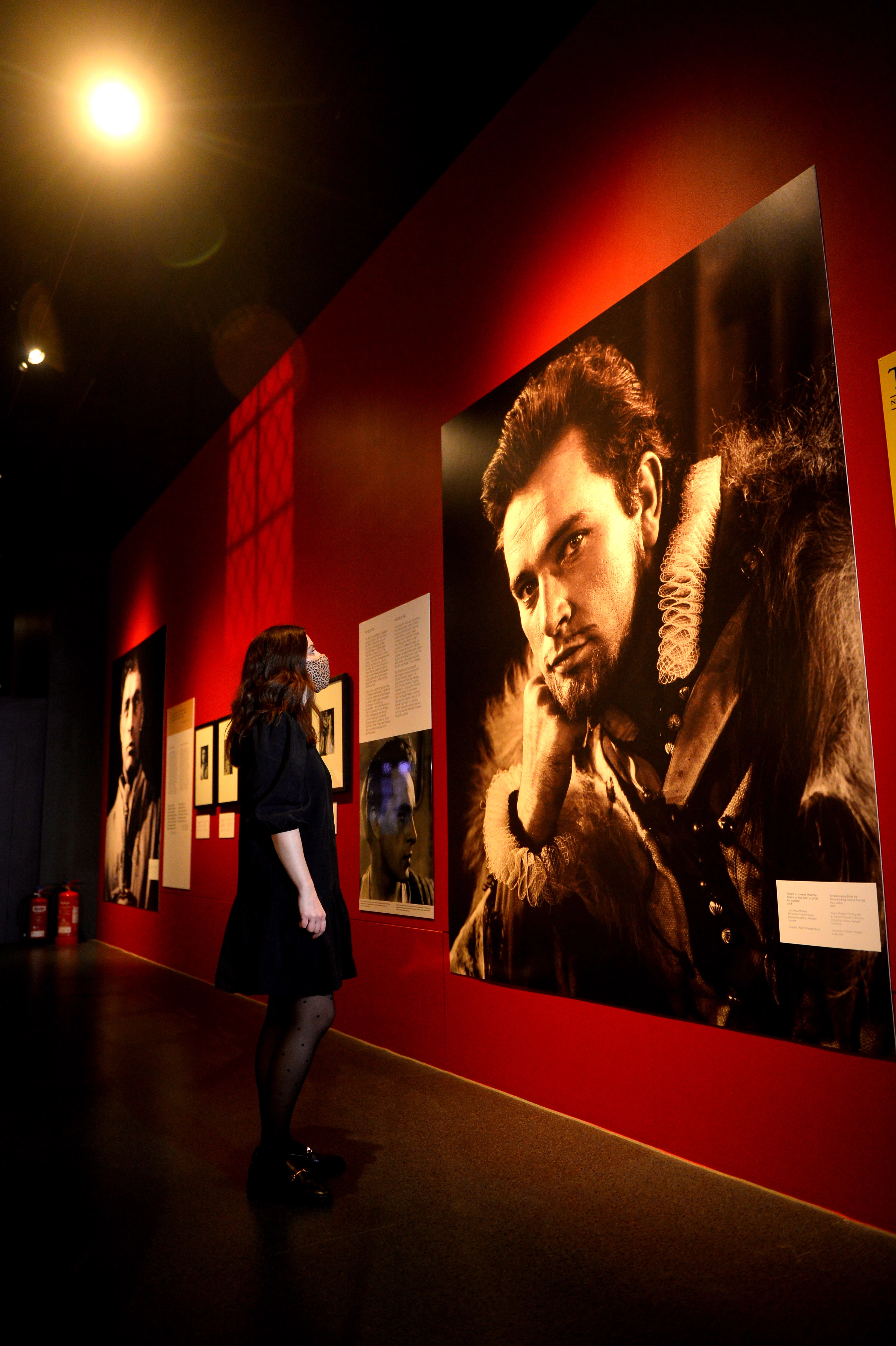
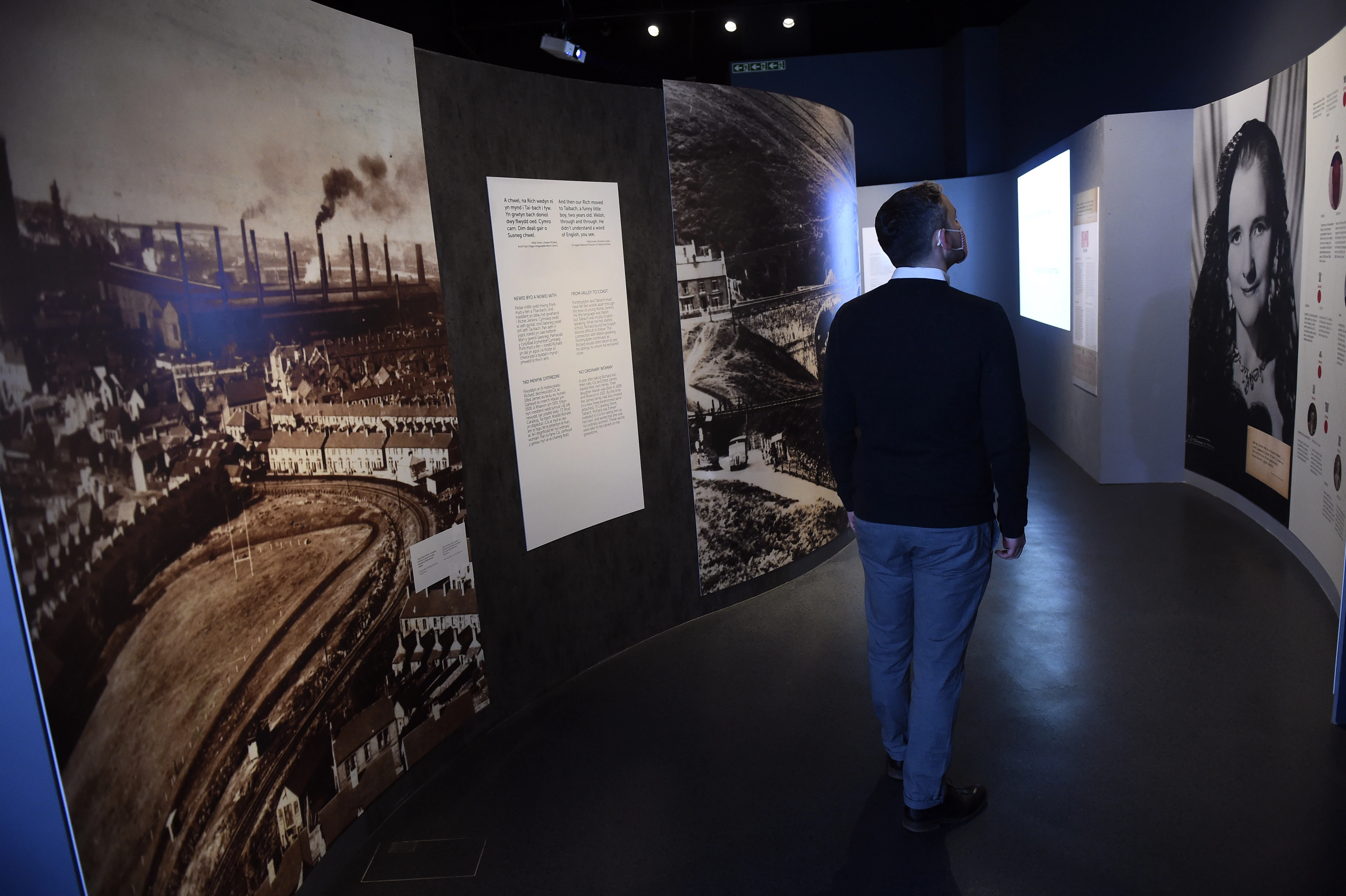
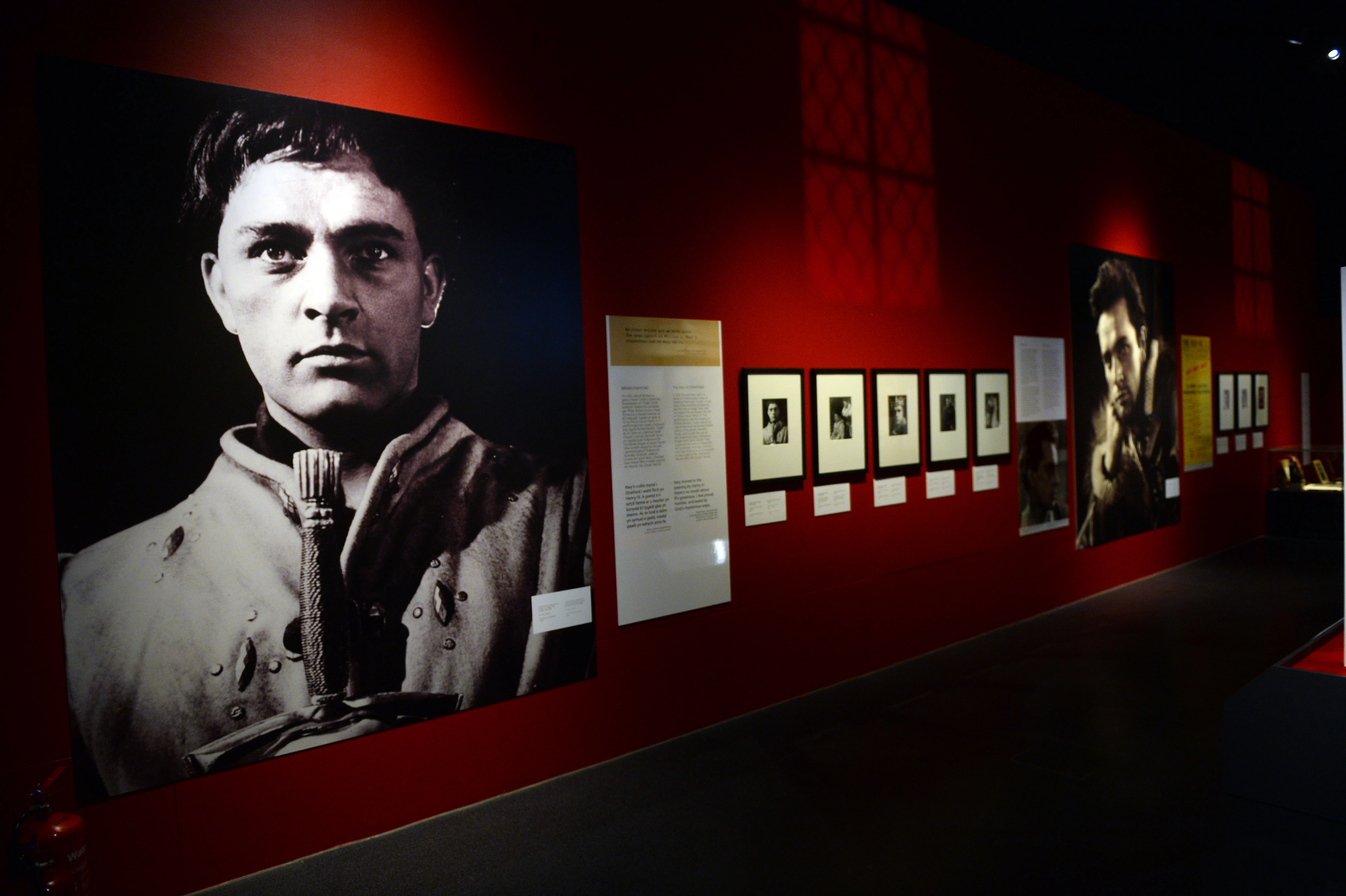
Comments - (1)
I am hoping to visit this exhibition soon and it is wonderful to have Richard Burton's life celebrated.
This 'midder-bag' is sadly falling apart but I have written to the Repair Shop programme to see if they might be interested in repairing it. Here's one poem that I wrote about my grandfather:
Grandfather
ask me about the sheep long gone
and the chapel with broken windows
ask me about the miners’ wives washing
down doorsteps and their children playing
waiting for the doctor with his penny sweets
ask me about his midder-bag and all the tools
he needs to relieve women in labour
all those hills and streets he walks
carrying this bag early mornings late at night
ask me about why he stays in this forsaken part
of Wales where daily living is hard and rewards
are few. And I’ll tell you how sometimes
there are no answers but I’ll tell you how
in dreams I meet this man and how strange
this life is where the people we most love
we never know and I’ll tell you how love
is lost in the ether where those who would
have guided us over mountains pushed us
so hard that we fall, been there to cradle us up –
how they would have been the ones
to tell us when it is time to go or stay
Thank you for reading this
Wendy French (born Morgan-Jones)